Many people (present company included!) start their day with a cup of coffee or tea that's chock-full of caffeine. But have you ever wondered just how caffeine became a part of our morning rituals?
I delved into the history of caffeine and tried to figure out how it became such a big part of our lives. So grab your favorite caffeinated beverage, and let's explore the world's most common stimulant.
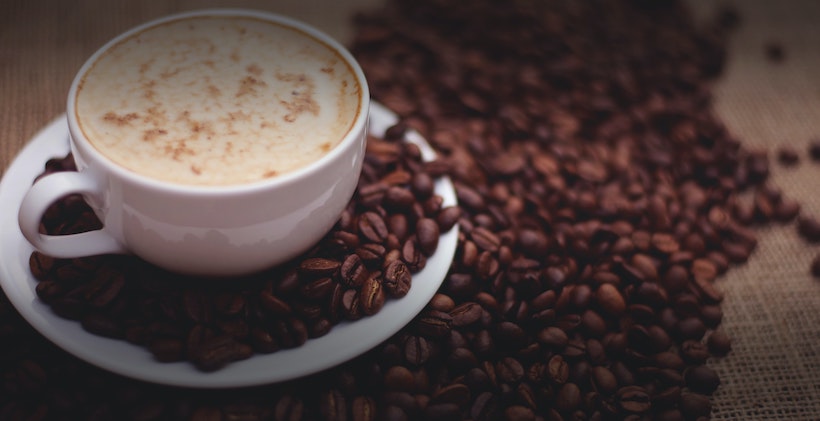
Caffeine is a natural substance found in more than sixty different plants, including tea leaves, kola nuts, coffee beans, and cacao pods. It's classified as a stimulant drug because it affects the central nervous system.
You'll find caffeine in a variety of products, such as over-the-counter medications, sodas, protein bars, and, surprisingly, ice-cream.
You may find that certain products contain caffeine because they're chocolate or coffee-flavored. Even an 8-ounce decaffeinated coffee can contain up to 7 milligrams of caffeine.
Methylxanthines are a group of compounds that are naturally present in caffeine and act on the central nervous system. They're known as purine alkaloids and appear naturally in coffee beans, guarana berries, kola nuts, tea leaves, and yerba mate. If you examine these products in more detail, you'll find three particular components that appear more often than others:
This combination of methylxanthines has varying effects on humans and comes in various strengths depending on the product. Whatever the dosage, though, their effects involve everything from the central nervous system to metabolic stimulation to diuresis.
The levels of these three many purines will differ depending on the product where you're getting your stimulant. Each can either be isolated or kept together, but whether they're used as a combination or as separate compounds, methylxanthines can prove beneficial.
For instance, cocoa contains high amounts of theobromine, and tests have proven that it inhibits the crystal growth of uric acid. Due to this discovery, the use of theobromine is considered a treatment for uric acid nephrolithiasis. While the effects of caffeine and theophylline on uric acid have also been extensively studied in the lab, despite having similar structures to theobromine, they do not affect uric acid crystallization.
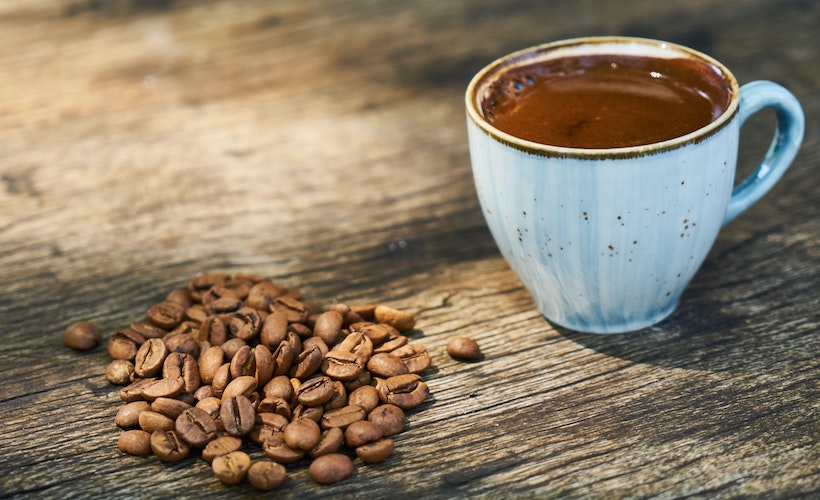
Have you noticed that there are certain times in the afternoon when you feel like you should be taking a nap? One of the neurotransmitted affecting your fatigue is adenosine, which promotes sleep.
Every waking hour that passes, your levels of adenosine increase. And they increase particularly fast when you participate in an activity that works your brain. This slows down the brain's neural activity, making you feel tired. Hopeless, right?
No – thankfully, we have coffee, which contains alertness-boosting caffeine. Caffeine "looks" like adenosine to a nerve cell – only caffeine doesn't slow down brain activity. It increases brain activity by stimulating the central nervous system, which leads to you feeling more alert and awake. To its effects are twofold – it competes for receptors with adenosine and is a stimulant in its own right.
(Sleep also clears adenosine – paradoxically, a "coffee nap" may be the most stimulating 20-30 minutes possible.)
Caffeine also acts as a vasoconstrictor, constricting your blood vessels, and temporarily increasing your heart rate and blood pressure. The vasoconstrictive effect is one reason some medicines contain caffeine—caffeine can help stop a headache by constricting blood vessels.
Caffeine has many benefits when used sensibly, some of which include:
We often start our mornings off with a coffee, but most research suggests that we should only have our first coffee around 9 or 10 in the morning. This is because our cortisol levels are higher right before and after we wake up—caffeine is a stimulant, and it also increases our level of cortisol, leading to the body believing that it's under stress.
Some people have a natural sensitivity towards caffeine, even in minimal amounts. However, at a large enough dosage, everyone will eventually feel the bad effects. Consuming large quantities of caffeine can leave you with the following symptoms:
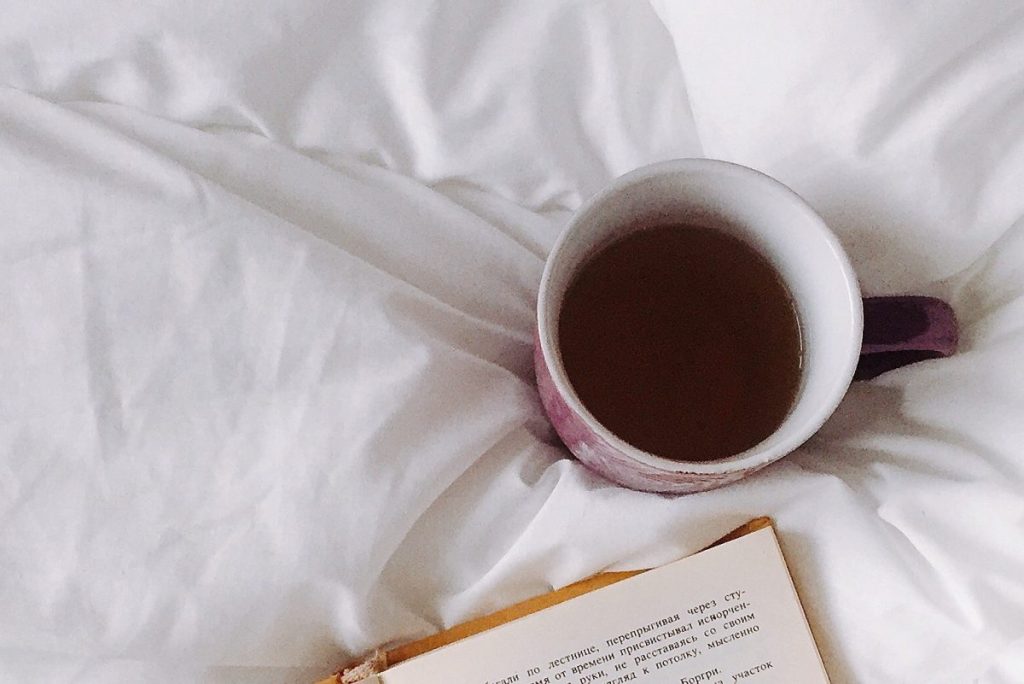
High caffeine consumption levels can interfere with the body's natural ability to fall asleep – and stay asleep. It stimulates adrenaline production, which increases your heart rate and brings you to a more alert state. Add the inhibition of adenosine to the mix, and it's not difficult to see how caffeine messes with your sleep/wake cycle.
Another reason too much caffeine can interfere with our sleep is that its effects last for six or more hours in our bodies. This means that even if you haven't had caffeine before you go to bed, it can impact your sleeping pattern due to your afternoon coffee habit.
You'd also have to be mindful of the types of drinks you're consuming and how much caffeine they contain. To give you an idea of some common dosages:
By keeping track of your caffeine consumption, you'll be able to work out when you need to have your last drink to avoid it impacting your sleep.
My quick suggestion? If you're on a typical sleep schedule, don't drink caffeine past 2 or 3 PM.
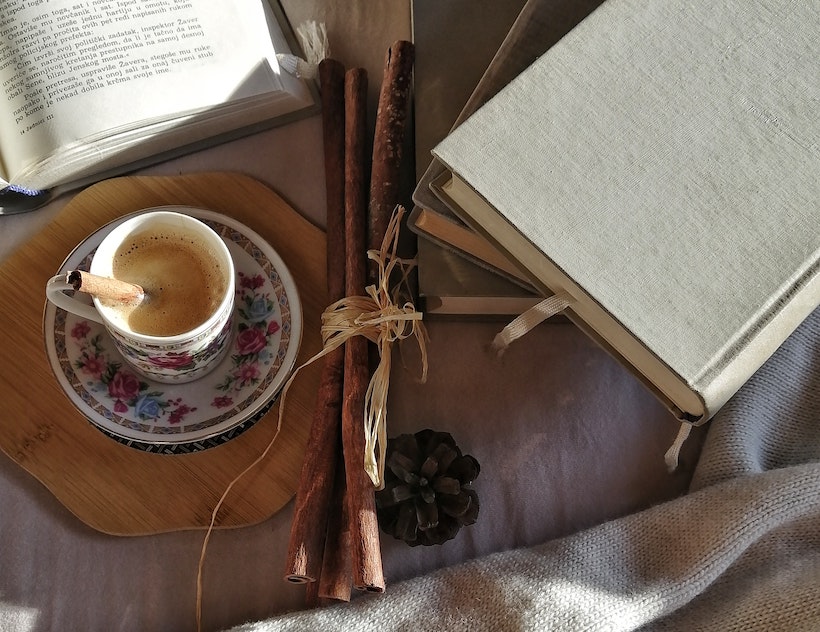
Could the history of caffeine be... an accident? By all accounts, yes – whichever route we trace seems to point to a happy accident.
Coffee might not be the original caffeinated drink, so let's cast our net a little further. In this section, I'll look at the origins of tea, coffee, chocolate, and yerba mate.
The history of tea has its own legends – and the most popular one claims the Chinese emperor Shen Nung was drinking hot water, and a wild tea leaf or ten fell into his cup. The emperor was intrigued by the scent and described his first sip as a spreading warm feeling as if it were exploring his body.
He enjoyed drinking the infused water so much that he researched the medicinal properties of tea (and they're great – particularly green tea). Thanks to his studies, tea was explored first for medicinal reasons and later became a daily ritual.
It didn't take long for tea to spread to other countries, with Buddhist monks responsible for the growth in popularity of tea in Japan, starting around the 6th or 7th century. It took a bit longer to get to America, arriving in 1650, thanks to the Dutch colonists' director, Peter Stuyvesant. 20 years later, it reached England, where the British quickly became the largest tea consumers in the world.
Here's a question for you: does coffee owe its discovery to goats?
The legend that surrounds coffee leads us back to Ethiopia's forests, where it's said that a goat herder called Kaldi accidentally discovered the world's second favorite drink behind water. Kaldi apparently noticed that his goats perked up after eating the berries of a Coffea arabica tree—they wouldn't go to sleep at night after eating said berries.
Kaldi approached a local monastery and shared his findings with the abbot. The abbot created a drink from the berries and found that the beverage kept him from becoming sleepy during evening prayers. He shared this wonder drink with his fellow monks, and soon, word spread to Arabia. From here, the much-loved beans would cross the globe and, well, the rest is history.
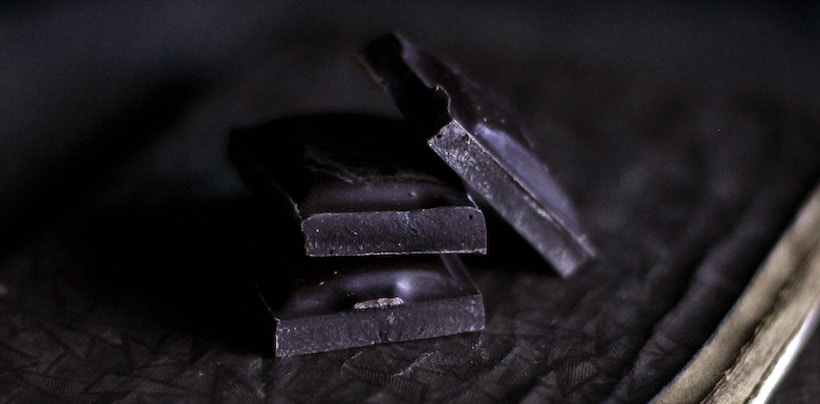
Chocolate's role in the history of caffeine (and stimulants) is interesting, as the way it was consumed was very different in 1900 B.C.E.
The Olmec, Mayan, and Aztec cultures would make a drink out of the cacao beans.
The Olmecs would grind, roast, ferment the beans, and use them for religious and funeral rituals. The Mayans took it a step further – they added chili peppers and honey to create a frothy, thick beverage.
But as the Mayan culture declined, there rose a new empire—the Aztecs. They adopted the process and customs of making chocolate beverages and named it xocol-atl, which means "bitter" and "water." This is how the word chocolate originated.
The first time chocolate left the Mesoamericas was when Hernán Cortés and the Spanish armies conquered the Aztecs in 1521. Instead of returning from battle with jewels, the Spaniards brought back something far more valuable—chocolate. They preferred the drink sweetened and added cinnamon and cane sugar.
When the army's stash ran out, more chocolate had to be imported. Because only the elites could afford the cost of bringing it into Spain, chocolate became a symbol of wealth, luxury, and power.
The Spanish were able to keep their chocolate a secret until Maria Theresa of Spain married French King Louis XIII in 1615. She took her love for chocolate with her to France, where the popularity of the sweet xocolatl spread throughout Europe, diversifying the continent's caffeine consumption with yet another rich source.
Yerba mate dates back to the Guarani, natives of South America. They'd chew on the leaves and then put them into their calabash gourd. Other civilizations, such as the Incas, the Mapuche, and the Charruas, soon adopted the habit—the Yerba mate plant had a spiritual significance, and all considered it to be a sacred gift from the gods.
Like chocolate, yerba mate also became popular with the Spanish soldiers who colonized South America. After that, the Jesuits picked it up, and they're considered to be responsible for its spread across the world. It became known as "Jesuits' tea."
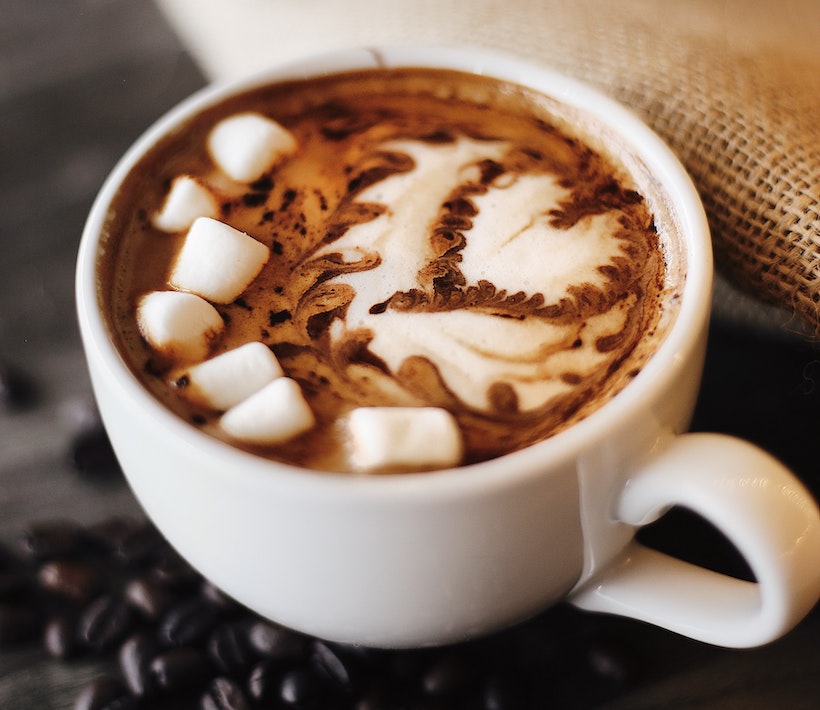
I hope you found those brief histories interesting – even though they mainly derive from oral tradition! However, the history of caffeine is as much a story about how we extracted and isolated it – in this section, let's look at the science.
The young chemist Friedlieb Ferdinand Runge once happened to get some henbane juice in his eye while working with it in a lab. He noticed that his vision became blurry, and his pupil dilated.
Years later, while a student at university, he performed the same experiment on a cat. Johann Wolfgang von Goethe saw this experiment and was so impressed with Runge that he allowed him to join in another experiment—the analysis of coffee beans.
Runge was able to isolate the various compounds, including caffeine, which he named "Kaffein," essentially, the ingredient in coffee. This later morphed to "caffeine," and by 1823, it became accepted as medical vocabulary.
(Shockingly, while Friedlieb was still a student, he also discovered and isolated quinine – a discovery that he isn't always recognized for making.)
Emil Fischer is widely known as the "Father of Biochemistry" due to his groundbreaking work on purines, sugars, and proteins. Fischer decoded the chemical reaction of carbohydrate, and developed asymmetric syntheses, and was the first person to produce synthetic peptides.
He synthesized peptides that contained up to 18 amino acid residues by using targeted chain extension. On top of this, he also formulated the lock-and-key principle of biological recognition and uncovered the substrate selectivity and stereoselectivity of enzyme reactions.
Fischer took a keen interest in coffee, tea, and cocoa. He isolated and described caffeine and many other related purines, including xanthine and adenine. Additionally, he was able to create and synthesize a number as well.
Due to all of this research, Fischer won the Nobel Prize for Chemistry in 1902.
We've come a long way from Fischer and Runge now, and caffeine is required in large quantities. There are currently three main methods of extracting caffeine from its source:
This method uses an organic solvent to wash the coffee beans. The beans are:
The water process method of caffeine extraction is as follows:
A second batch of beans gets washed in the already-filtered water. As this water is already full of compounds extracted from the first lot of beans, the only compound removed from the second bean batch is caffeine.
The carbon dioxide extraction method involves turning carbon dioxide into a supercritical liquid by :
And no matter which method you use, you're left with caffeine to use for whatever end product you need. Additionally, in some cases, you're left with coffee without the caffeine – decaffeinated coffee, which is an end product in its own right!
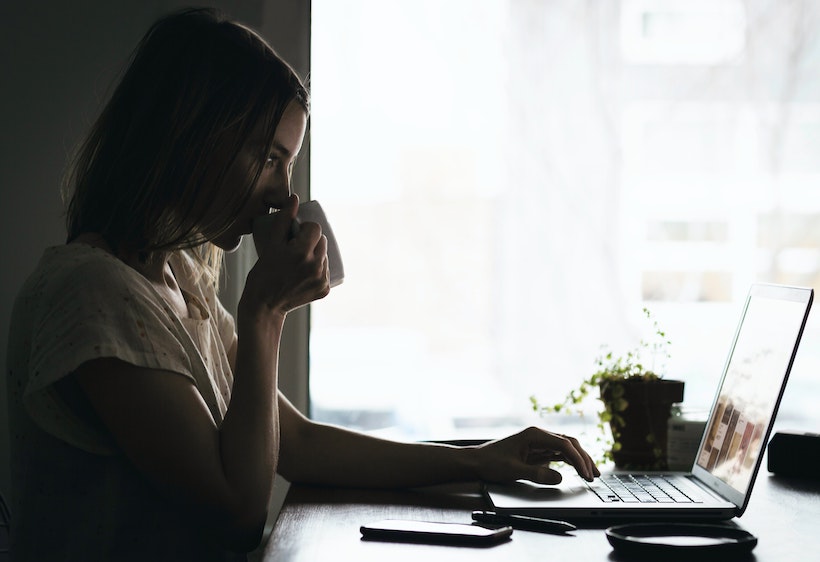
Looking at the long history of caffeine and its many uses, is there any wonder that today it's the most widely used psychoactive drug in the world?
At least 85 percent of Americans consume caffeine, but wide-popularity alone doesn't make America the highest-consuming country. Finland is the number one country in the world when it comes to caffeine consumption.
In the US, Seattle, Washington, takes the number one spot for the highest caffeine-consuming city in America.
Caffeine is safe when consumed moderately, and most health organizations recommend that you don't exceed 400 milligrams a day. Even so, consider your sensitivity to caffeine and how quickly your body metabolizes it – if you're sensitive even one cup of coffee can make you anxious.
According to the latest research, the most popular naturally caffeinated drinks are coffee and tea. The one that comes out on top depends largely on the country. In the United States, Finland, or Sweden, coffee is the top drink. In Brazil, surprisingly, tea is number one.
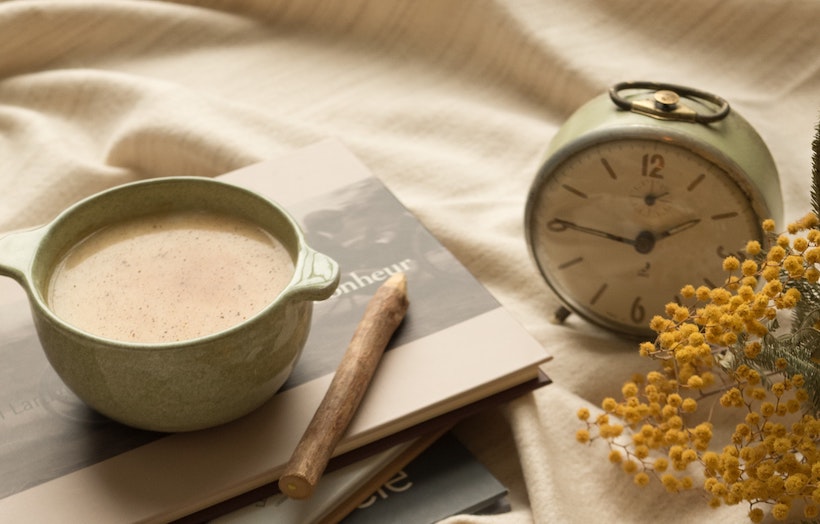
As you can see, humans have been enjoying caffeine and closely related molecules for thousands of years. Caffeine has been part of the daily ritual for hundreds of generations of humans in one form or another.
So even though tastes change and the most popular drink of the season isn't stable – pumpkin spice latte, anyone? – caffeine is a common thread that ties us together. I can drink to that.